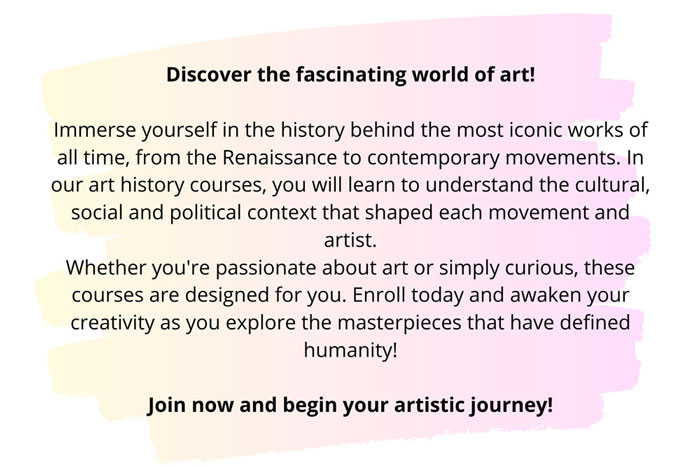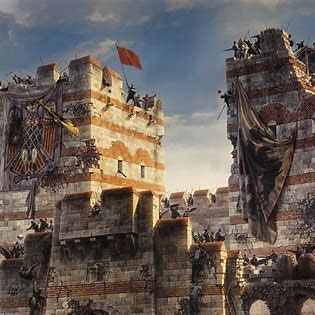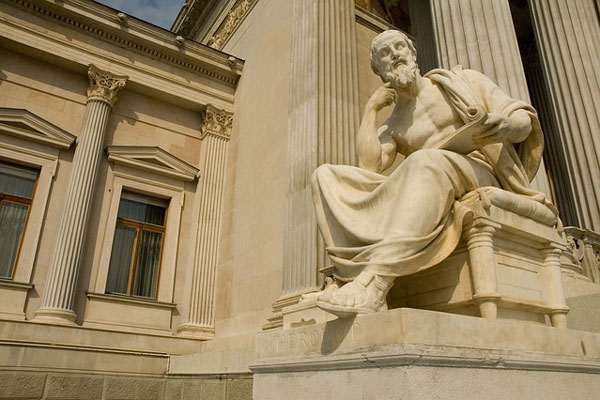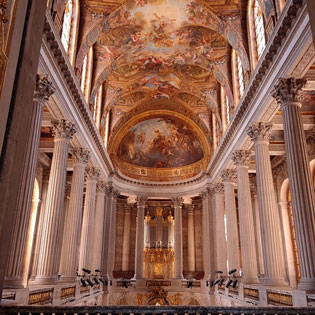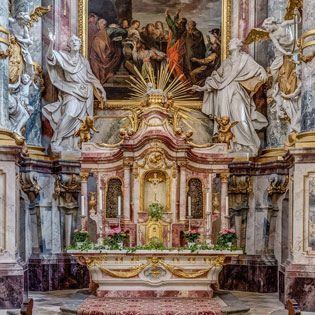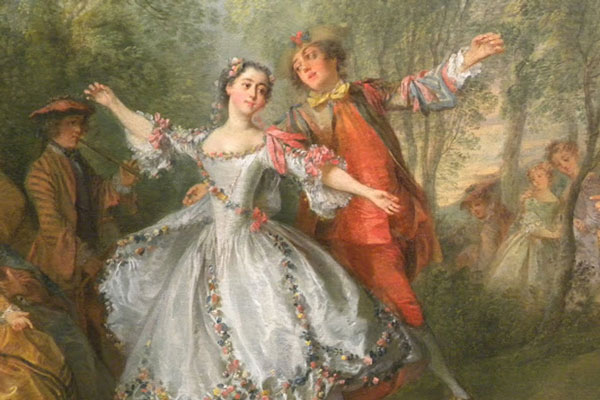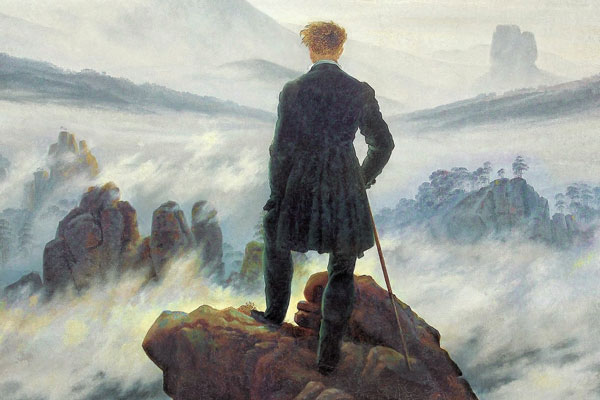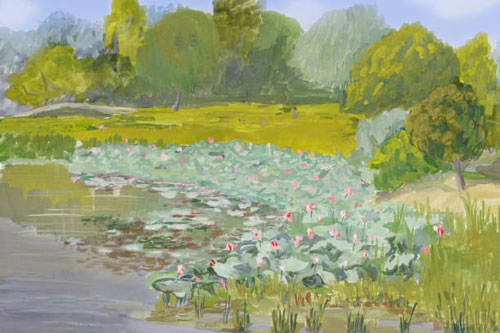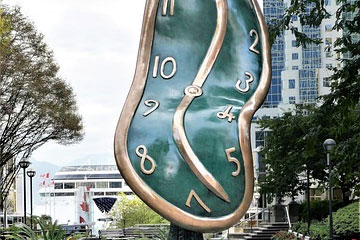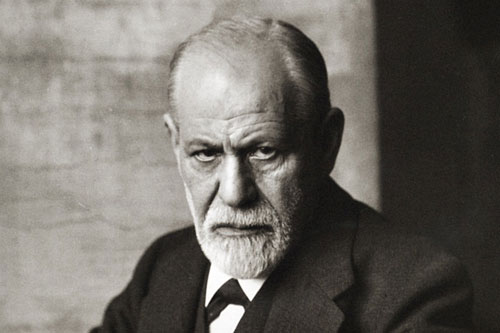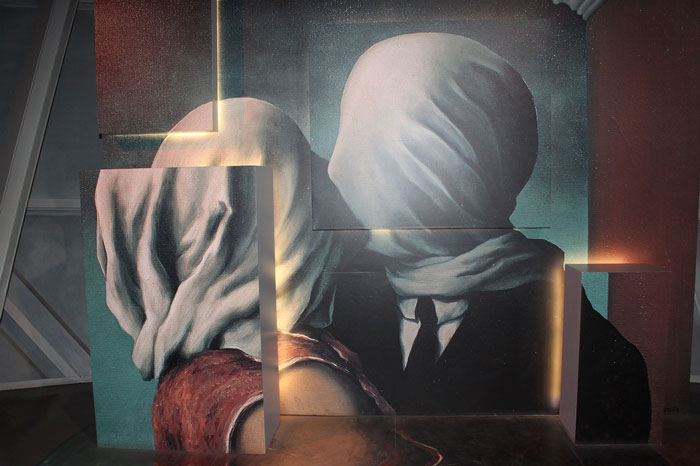RENAISSANCE
The Renaissance emerged in Europe, mainly in Italy, during the 14th to 16th centuries, marking the end of the Middle Ages and the beginning of the Modern Age. This period witnessed a revival of interest in the classical culture of Greece and Rome, from which it inherited its name (Renaissance means “rebirth”). The movement was driven by several historical and socio-cultural factors that shaped its development:

